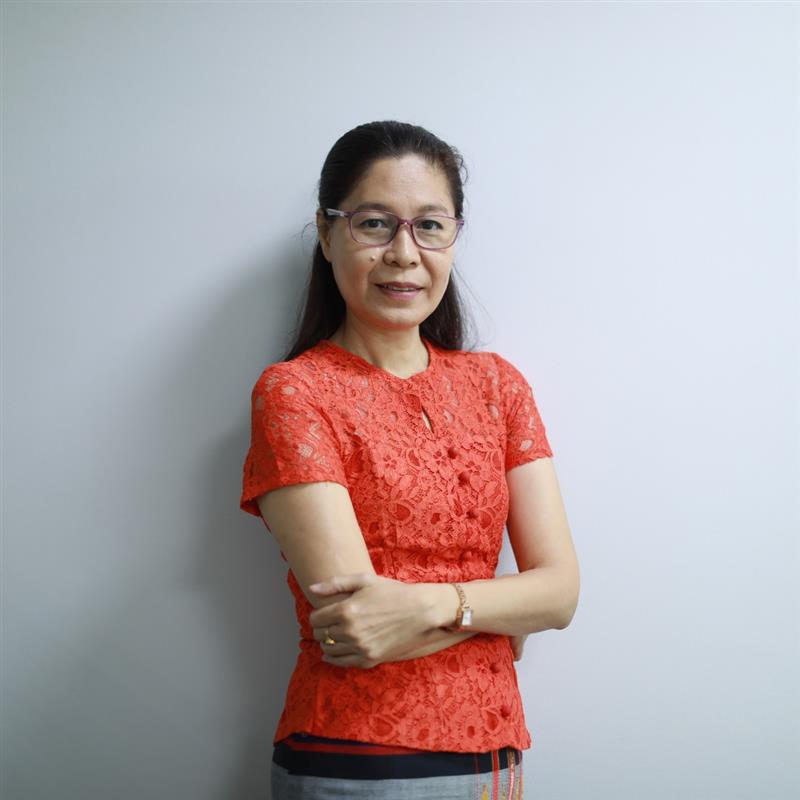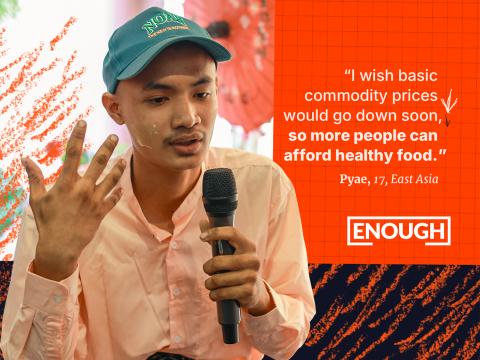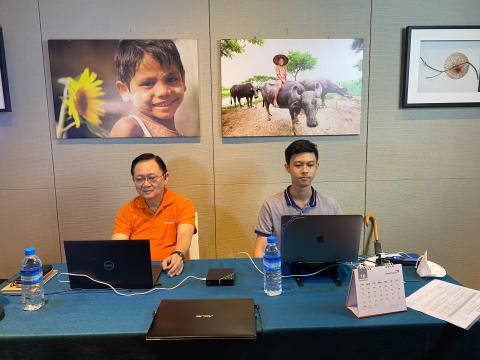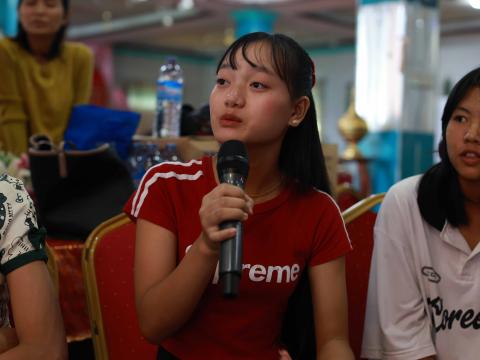
Child participation in advocacy efforts has the power to bring meaningful change in Myanmar
"I never thought we could make a difference, but now I see how our voice can change things." - Zwae, Youth Leader, Myanmar.
27 March, 2025
Zwae’s words highlight the power of empowering young people to advocate for change. His transformation from a passive observer to an active change-maker, particularly in the fight to end violence against children at home and in schools, underscores the importance of equipping children and youth with the skills and confidence to speak up.
However, cultural and systemic barriers in Myanmar often prevent them from speaking up on issues that affect their lives. Youth advocates like Zwae are rare, and the percentage of children involved in advocacy and decision-making remains very low in developing countries, especially in Myanmar.
Challenges in Myanmar: Addressing Violence Against Children
One of the most pressing issues facing children in Myanmar is violence, particularly corporal punishment. Many adults still believe that physical punishment, such as beating, is an acceptable way to discipline children. This belief, passed down through generations, normalises violence and perpetuates a cycle where children who experience violence are more likely to become perpetrators themselves. Children’s vulnerability to abuse, exploitation, and trafficking increases during emergencies and armed conflicts.
As part of World Vision’s It Takes A World campaign in Myanmar (which aimed to end violence against children at home and in schools) Zwae, a passionate youth leader, had encountered significant challenges in advocating for change. One of the biggest obstacles he faced was resistance from conservative adults who saw corporal punishment as an essential tool for discipline.
With support from World Vision Myanmar, Zwae worked with education officials, teachers, parents, caregivers, and even social influencers to encourage positive discipline in his hometown. His efforts through the campaign have led to real progress—teachers have stopped using corporal punishment in schools.
Why Child Participation Matters
Children are not just participants in policies and programmes—they are key stakeholders in their own future. Studies by UNICEF show that when children are involved in raising their voices, they bring fresh ideas, help find solutions, and drive real change. However, in Myanmar, social norms often dictate that children should listen rather than speak. Adults—parents, teachers, and community leaders—usually make decisions for children without considering their perspectives.
The consequences of this exclusion are far-reaching. Therefore, international frameworks such as the United Nations Convention on the Rights of the Child (UNCRC) emphasise children's right to be heard. Without opportunities to share their concerns, children are vulnerable to policies and practices that do not reflect their needs. More critically, excluding children from advocacy spaces means missing out on their innovative ideas and contributions to building better communities.
Child-Led Advocacy in Action
Despite challenges, inspiring examples of child-led advocacy in Myanmar demonstrate the potential for change. In one of the World Vision Myanmar-targeted communities, a group of 15 children trained in life skills and children's rights successfully advocated for the closure of a liquor shop. The shop’s noise disturbed their studies, and some children were even pressured to buy alcohol. Through written complaints, meetings with local authorities, and community support, the children succeeded in having the shop shut down.
Another notable example is World Vision’s Child-Led Research on Climate Change and Disaster Risk Reduction. Children from six East Asian countries, including Myanmar, conducted research on climate-related disasters in their communities. Htar Mu, 17 years old from Myanmar, along with her fellow change-makers, presented their findings at the Asia-Pacific Ministerial Conference on Disaster Risk Reduction [link?], providing valuable insights into the risks children face and the solutions they propose. This shows that when children are equipped with knowledge and advocacy skills, they can influence decisions at national and international levels while addressing real-life issues in their community.

At World Vision, we believe that children and young people are agents of change and have the ability to engage in decision-making processes. We are creating a safe space at the heart of our Global campaign, “ENOUGH” – Ending Food Insecurity and Malnutrition- for young voices to be heard. Recently, we conducted multiple nutrition dialogues as part of the campaign. Pyae, a 17-year-old from Myanmar, stepped forward to share his perspective on tackling food insecurity and malnutrition in his community, highlighting the urgent need for sustainable solutions and collective action.
The Path Forward: Creating Lasting Change
The stories of these young advocates show the profound impact of child-led initiatives. When children have the knowledge, skills, and platforms to speak up, they can challenge harmful traditions, influence policies, and create safer environments for themselves and future generations.
Through our child participation approaches Dare to Discover (D2D); IMPACT+ and Children & Young Leaders as Agents of Change, World Vision has impacted the lives of 257,000+ children over the past year. We are committed to creating and nurturing meaningful and safe spaces for children to express, deliberate and influence decisions that affect their lives, especially in a fragile context like Myanmar.
However, though we have come a long way, and what we have done is still not enough. We remain steadfast in our commitment to ensuring meaningful child participation in Myanmar. To turn this vision into reality, we must accelerate our current efforts through:
- Capacity Building: Equipping children with life skills, leadership training, and knowledge of their rights empowers them to effectively engage with policymakers.
- Child Led- Initiatives: Establishing and supporting safe, inclusive spaces—such as child groups and community-led initiatives—encourages children to express their ideas, explore solutions, and take active roles in advocacy efforts.
- Child-Friendly Advocacy Platforms: Creating accessible and safe platforms where children can freely voice their concerns and contribute to policy discussions without negative repercussions.
- Collaboration: Strengthening partnerships between governments, NGOs, schools, and the private sector fosters sustainable advocacy opportunities for children.
- Shifting Public Perception: Raising awareness among parents, teachers, and policymakers about child participation is crucial to breaking traditional barriers and ensuring children are recognized as active contributors in shaping their future.
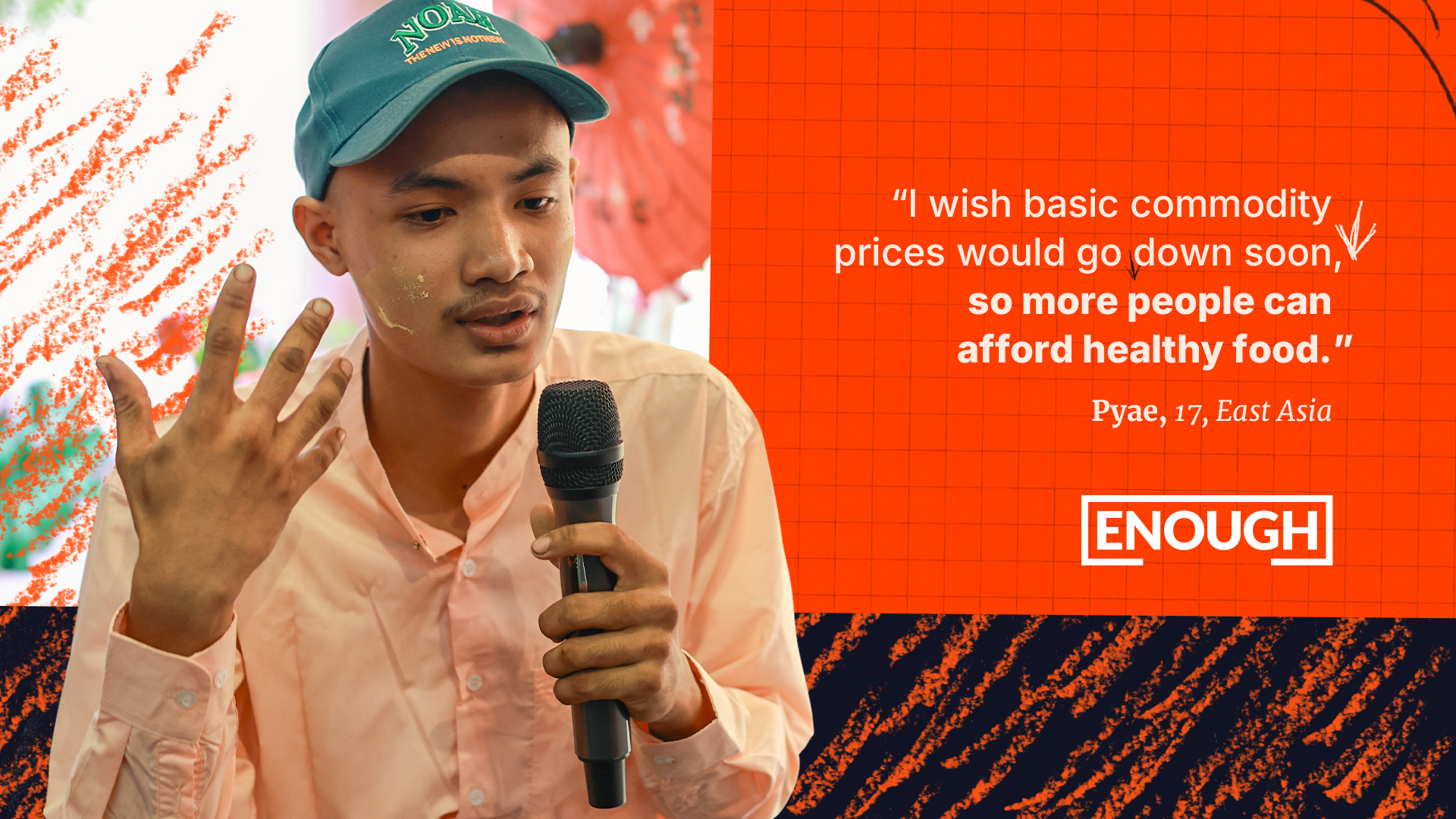
Child participation in advocacy is not just symbolic—it is a fundamental right of children and a key driver of change. Children have valuable insights and ideas about the issues affecting them, from education and health to climate change and disaster risk reduction. In Myanmar, cultural and systemic barriers still limit their involvement, but we must work together to create inclusive spaces where their voices are heard and respected.
By supporting child-led advocacy, we are empowering future leaders and creating lasting solutions for today's challenges. The question is not whether children should be involved in advocacy but how we can ensure their voices make a real impact.
As governments, NGOs, communities, and individuals, we are responsible for empowering children as advocates and changemakers. Now is the time to act.
To learn more about World Vision’s child participation and protection work, click here, its advocacy work, click here. To discover more about World Vision’s work in Myanmar click here.
By Naw Phoebe, Advocacy and Communications Director, World Vision International Myanmar. Ms. Naw joined World Vision Myanmar in 2013, and managed disaster communications during the 2015 flood. Currently, Ms. Naw oversees advocacy and communications activities. She liaised with the media and managed communications during Cyclone Nargis which struck Myanmar in May 2008.
